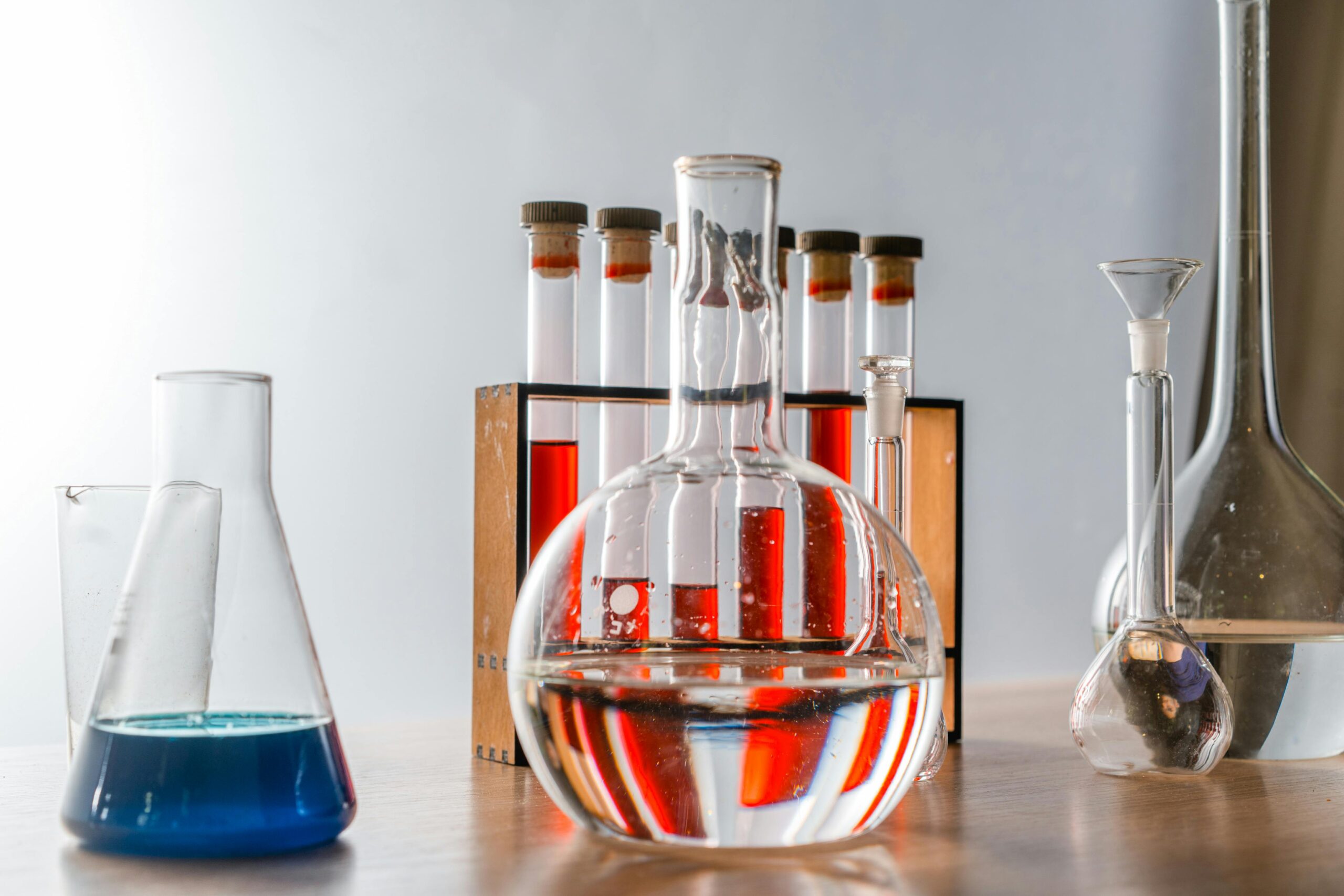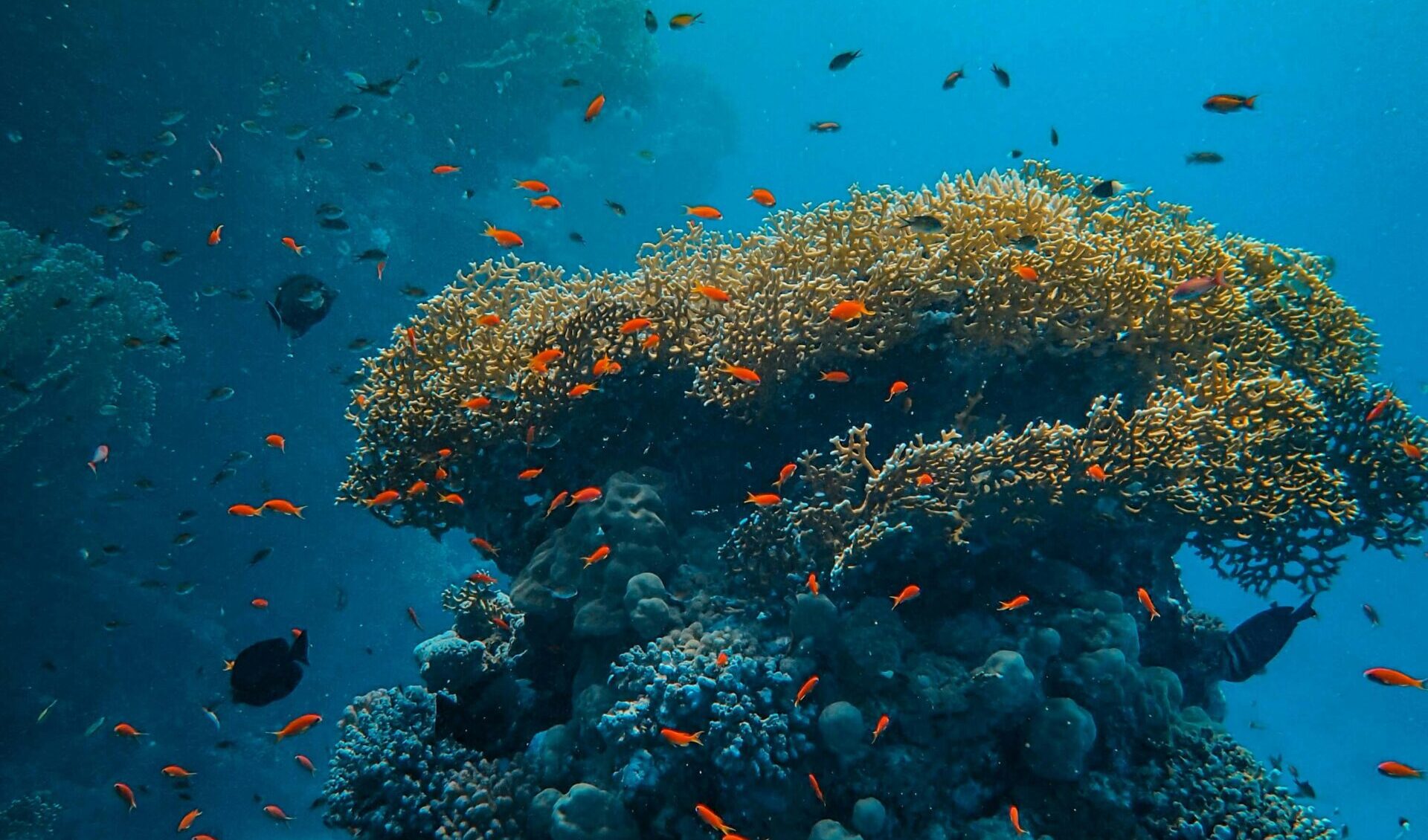What is Biological Oxygen Demand (BOD)?
Biological Oxygen Demand (BOD) is a measure of the amount of oxygen consumed by microorganisms (primarily bacteria) during the decomposition of organic matter in water under aerobic conditions over a specific period, typically 5 days at 20°C (denoted as BOD₅). It is expressed in milligrams of oxygen per litre of water (mg/L). BOD is a critical indicator of water quality, as it reflects the level of organic pollution in a water body. Higher BOD values indicate greater organic pollution, which can deplete oxygen levels, adversely affecting aquatic ecosystems.
Discovery of BOD
The concept of BOD emerged in the early 20th century as scientists sought to quantify water pollution, particularly in rivers and wastewater systems:
- Historical Context: The need for a standardized measure of organic pollution arose with industrialization, which increased sewage and industrial effluent discharges into water bodies. Early water quality assessments focused on chemical oxygen demand (COD), but it was recognized that biological processes were key to understanding organic decomposition.
- Development: The BOD test was formalized in the early 1900s, with significant contributions from researchers like those at the Royal Commission on Sewage Disposal in the UK (established 1898). They developed methods to measure oxygen depletion due to microbial activity. The 5-day BOD test (BOD₅) became standardized by the 1930s, particularly through the work of organizations like the American Public Health Association (APHA), which published standardized methods for water analysis.
- Key Milestone: The BOD₅ test was refined to mimic the natural decomposition process in rivers, with 5 days chosen as a practical duration to capture significant microbial activity without excessive testing time.
Use of BOD in Environmental Pollution Detection
BOD is widely used to assess water quality and detect organic pollution in various contexts:
- Wastewater Treatment:
- BOD is measured in influent and effluent at wastewater treatment plants to evaluate the efficiency of organic matter removal. High influent BOD indicates significant organic load, while low effluent BOD suggests effective treatment.
- Regulatory agencies often set BOD limits for treated wastewater discharged into water bodies to prevent oxygen depletion.
2. Surface Water Quality:
- BOD is used to monitor rivers, lakes, and streams. High BOD levels in natural waters indicate pollution from sources like sewage, agricultural runoff, or industrial discharges, which can lead to hypoxic conditions harmful to fish and other aquatic life.
3. Industrial Effluent Monitoring:
- Industries producing organic-rich effluents (e.g., food processing, pulp and paper) use BOD to ensure compliance with environmental regulations.
4. Eutrophication Assessment:
- BOD helps assess nutrient-driven organic matter accumulation in water bodies, which can lead to algal blooms and subsequent oxygen depletion when algae decompose.
Methodology:
- The BOD₅ test involves incubating a water sample at 20°C for 5 days and measuring the difference in dissolved oxygen (DO) before and after incubation.
- Samples are often diluted to ensure sufficient oxygen remains for microbial activity, and a nitrification inhibitor may be added to exclude oxygen demand from nitrogenous compounds (yielding carbonaceous BOD, or CBOD).
Process Theory
The BOD test is based on the principle that microorganisms consume organic matter as an energy source, using oxygen in the process. The key biochemical reaction is the aerobic decomposition of organic compounds:
[ \text{Organic matter} + \text{O}_2 \xrightarrow{\text{microorganisms}} \text{CO}_2 + \text{H}_2\text{O} + \text{biomass} ]
- Stages of Decomposition:
- Carbonaceous Demand: Microbes break down carbon-based organic matter (e.g., sugars, proteins), consuming oxygen to produce CO₂ and water. This is the primary focus of BOD₅.
- Nitrogenous Demand: If nitrifying bacteria are present, they oxidize ammonia to nitrate, further consuming oxygen. This is typically excluded in CBOD tests to focus on organic pollution.
- Kinetics: The rate of oxygen consumption follows a first-order reaction, where the BOD exerted over time is modeled as:
[
\text{BOD}_t = \text{BOD}_u (1 – e^{-kt})
]
where: - (\text{BOD}_t): BOD exerted at time (t),
- (\text{BOD}_u): Ultimate BOD (total oxygen demand if all organic matter is oxidized),
- (k): Rate constant (typically 0.1–0.3 per day for BOD₅),
- (t): Time (usually 5 days).
Future Developments in BOD Measurement
- Rapid BOD Testing:
- Traditional BOD₅ tests require 5 days, which is too slow for real-time monitoring. Emerging technologies include:
- Biosensors: Use immobilized microbes or enzymes to measure oxygen consumption or electron transfer in minutes. Examples include microbial fuel cells (MFCs) and fluorescence-based sensors.
- Respirometry: Advanced respirometers measure oxygen uptake rates in hours, correlating results to BOD₅.
- Optical Sensors: Detect oxygen depletion using luminescent probes for faster, non-invasive measurements.
2. Automation and IoT Integration:
- Real-time BOD monitoring systems integrated with IoT platforms are being developed for continuous water quality assessment in rivers, lakes, and treatment plants.
- Machine learning models are being explored to predict BOD based on surrogate parameters like COD, total organic carbon (TOC), or spectral data, reducing testing time.
3. Improved Specificity:
- New methods aim to differentiate carbonaceous and nitrogenous BOD more accurately, improving pollution source identification.
- Molecular techniques (e.g., microbial community analysis) may enhance understanding of BOD dynamics by identifying key microbial contributors.
4. Miniaturized and Portable Devices:
- Lab-on-chip technologies and portable BOD analyzers are being developed for field applications, enabling rapid testing in remote or resource-limited areas.
5. Green Chemistry Approaches:
- Efforts are underway to reduce the use of toxic chemicals (e.g., mercury-based inhibitors) in BOD testing, aligning with sustainable environmental monitoring practices.
Challenges and Limitations
- Time-Intensive: The 5-day duration limits real-time applications.
- Interferences: Toxic substances in samples can inhibit microbial activity, leading to underestimation of BOD.
- Variability: Results depend on microbial populations, which vary by sample, making standardization challenging.
- Nitrogenous Demand: If not controlled, nitrification can inflate BOD values, misrepresenting organic pollution.
BOD remains a cornerstone of water quality assessment, providing critical insights into organic pollution and its ecological impacts. Its discovery and standardization in the early 20th century revolutionized environmental monitoring, particularly for wastewater management. While the traditional BOD₅ test is robust, future developments are focused on faster, automated, and more precise methods to meet the demands of real-time pollution control and sustainable water management. Advances in sensor technology, AI, and portable devices promise to enhance BOD’s utility in combating environmental pollution.















